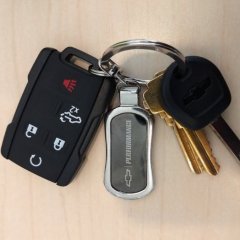Opinions vs math on gear ratio
-
Similar Content
-
- 1 reply
- 2,769 views
-
Delete front differential on my 08 Chevy Express G1500
By Jason Swan,
- differential
- all wheel drive
- (and 3 more)
- 3 replies
- 4,632 views
-
Transmission or Differential problem? - NEED HELP!
By markf1971,
- transmission
- differential
- (and 2 more)
- 0 replies
- 3,780 views
-
- 17 replies
- 12,573 views
-
Transfer case, drive lines and differential- troubleshooting
By ChevyDude123,
- 4wd
- transfer case
- (and 2 more)
- 4 replies
- 2,268 views
-
-
Recently Browsing 0 members
- No registered users viewing this page.
-
Forum Statistics
246k
Total Topics2.6m
Total Posts -
Member Statistics
-
Who's Online 32 Members, 2 Anonymous, 1,865 Guests (See full list)
- Mike Frost
- elkhunt
- TheRiver
- Grumpy Bear
- Rtzz71
- 306K5
- NuclearMikey
- Edward J Smith
- SCOTT HAEKER
- kickass audio
- The Raven
- Mike Weinandy
- Frank Teeman
- taze
- KARNUT
- CamGTP
- rjgvt
- Warehouser
- ssgballistics
- EXSlider400
- J69759623
- clodgoed
- Moyses
- richard wysong
- zurpadurp
- Paul1091
- Muffstuffer
- scrapen
- tuckin22
- TTA1326
- GM All Day
- Dbeto54


















Recommended Posts
Join the conversation
You can post now and register later. If you have an account, sign in now to post with your account.